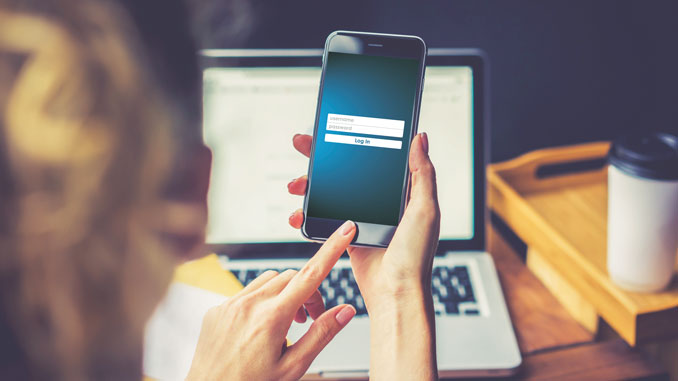
Sure, your common password is easy to remember, but is it leaving you vulnerable?
Pet’s names, your childhood address, middle name, or birthday may seem like an easy go-to, but they are anything but secure. “Your password should never include personal information that can be easily found,” urges Suzanne Fedi, Electronic Banking Administrator at BAC Community Bank. As she points out, social media makes many of these personal factors public through quizzes, posts, and your general bio.
Strong passwords are more like puzzles that only make sense to you. Instead of using a word in a dictionary that resonates with you, Suzanne suggests you choose a phrase. “Take that phrase and replace letters with numbers,” she adds. For example, if your phrase is ‘bigreddog’ number one could replace ‘i’, three could replace ‘e’, and zero for ‘o’. Now reading, ‘b1gr3dd0g.’
Or, use the first letter in each word of the phrase to formulate part of your password. For example, if ‘My wife makes the best lasagna” the first part of your password would read ‘Mwmtbl’.
Most websites or apps require a mixture of upper and lower case letters, and this is a great security practice. But, instead of just capitalizing the first letter, capitalize each word in your phrase, or capitalize every other word in your acronym.
Always max out your allotted characters, because the longer the password, the more difficult it is to crack. “If a site requires a password between six and 12 characters, make it 12,” says Suzanne. Once you’ve built your phrase, acronym, or letter/number combination, utilize remaining characters with symbols. But, be creative with your placement and avoid something obvious like an exclamation point at the end of a sentence.
Never use the same password for multiple web sites, because if one is compromised that password could be tried on other sites, or worse—your bank account. Instead do variations of your phrase, acronym, or letter/number combination, and switch up your special characters.
Now that you’re set with a new, snazzy, and secure password, it’s time to protect it. Post-its around your desk aren’t the place for passwords—especially if you use the same one frequently (don’t do that, either). Keep your passwords safe in a lock box at home, or digitally protected, and away from other documents that may help someone connect accounts.
Take additional steps like ditching the “remember my password” option, and changing your password every six months. This new practice may take a bit more effort, but you’re protecting crucial elements—your identity and finances. After all, “What’s convenient to you is also convenient to someone bad,” warns Suzanne.
For More Information:
BAC Community Bank
Multiple San Joaquin locations
BankBAC.com

